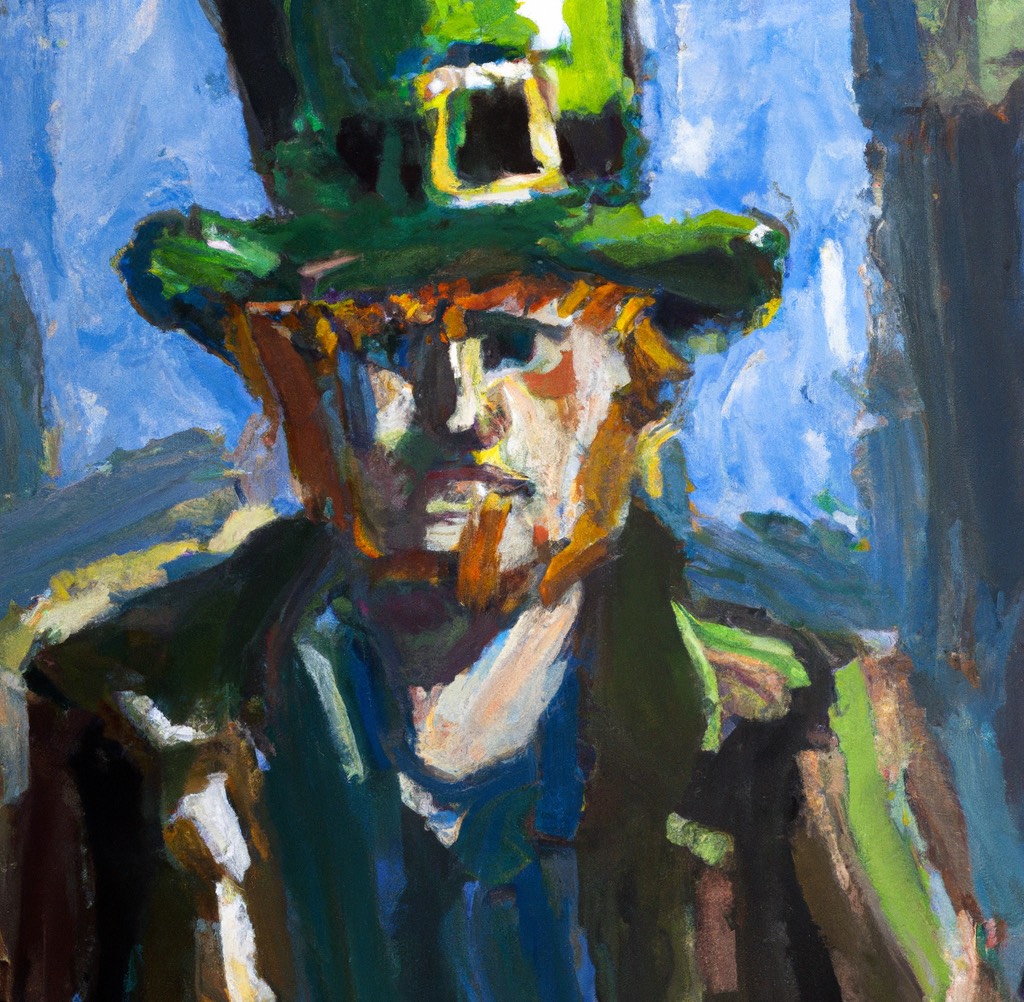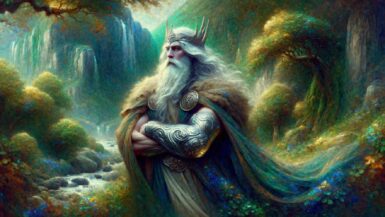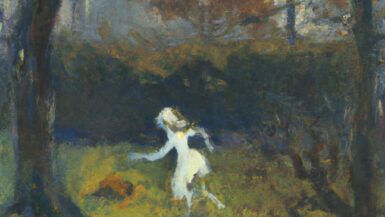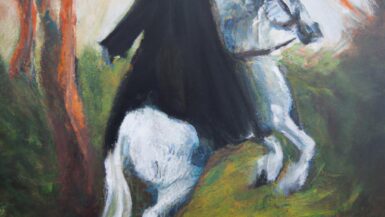The Leprechaun is one of the most recognizable figures in Irish folklore. Known for his mischievous behavior and guarding a pot of gold at the end of a rainbow, the Leprechaun has become synonymous with Irish culture and St. Patrick’s Day celebrations around the world. This article will delve into the history of this fascinating character, exploring his origins, descriptions, popular myths, and modern depictions.
Origins of the Leprechaun
The Leprechaun’s roots are firmly embedded in ancient Irish folklore. The name ‘Leprechaun’ is derived from the Irish term ‘leipreachán’, which itself may have evolved from the Old Irish ‘luchorpán’, meaning ‘small body’. Some scholars also suggest that the term could have come from ‘luacharma’n’ (pygmy), indicating the creature’s diminutive stature.
These solitary fairies are part of the wider Aos Sí, or fairy folk, believed to inhabit the Irish landscape. Although the Leprechaun is now intrinsically associated with Ireland, the concept of a small, magical being who crafts shoes is not unique to Irish culture, with similar entities found in the folklore of many European cultures.
Descriptions and Depictions
Early descriptions of Leprechauns vary considerably from the modern image we have of them today. They were not always associated with a pot of gold, rainbows, or even dressed in green. In early folklore, Leprechauns were often depicted as small, old men dressed in red who were excellent shoe-makers or cobblers.
The Leprechaun’s physical appearance has been described in various ways, but he is often depicted as a tiny, aged man with a beard, wearing a hat and a leather apron. While Leprechauns are known for their love of mischief, they were not originally considered evil or harmful, but rather solitary and somewhat grumpy beings who mostly kept to themselves.
The Leprechaun and His Pot of Gold
The Leprechaun’s association with a hidden pot of gold is a more recent addition to his mythology. This pot of gold, said to be found at the end of a rainbow, has inspired countless tales. The story goes that if you catch a Leprechaun, he will grant you three wishes or give you his pot of gold to secure his release. However, Leprechauns are known to be cunning and deceptive, often using their wits to escape without parting with their treasure.
This association of the Leprechaun with wealth could potentially be linked to the broader European tradition of fairies and gnomes guarding treasure. Over time, this aspect of the Leprechaun’s character has been amplified, particularly in American depictions of the creature.
The Leprechaun’s Occupation: The Shoemaker
One of the most enduring aspects of the Leprechaun’s lore is his occupation as a shoemaker or cobbler. This is particularly interesting, as it imbues this magical creature with a distinctly mundane and laborious profession. The sound of a Leprechaun’s hammer tapping on a shoe is said to be a common indicator of his presence.
The Leprechaun’s association with shoemaking may be linked to the societal importance of shoes and the respect given to the craft of shoemaking in ancient Irish society. This connection serves to ground the myth of the Leprechaun in everyday life, making him a more relatable and tangible figure within the cultural imagination.
The Leprechaun in Modern Culture
The Leprechaun has become a major figure in popular culture
worldwide, particularly in America. From St. Patrick’s Day parades to commercial advertisements, and from literature to film, the leprechaun has become a universal symbol of Ireland and Irish culture.
In literature, the leprechaun is often portrayed as a trickster, playing pranks on unsuspecting individuals but occasionally offering assistance or gifts. Notably, the leprechaun features in the Artemis Fowl series by Eoin Colfer, where he is represented as part of a high-tech fairy society living underground.
Movies and television have also played a significant role in the depiction of leprechauns. Films like “Darby O’Gill and the Little People” and “The Luck of the Irish” portray the leprechaun as a mischievous but generally benign figure. Conversely, the horror movie franchise “Leprechaun” presents a darker, more malevolent version of the character.
The Leprechaun and St. Patrick’s Day
The image of the leprechaun has become a staple of St. Patrick’s Day celebrations, especially in the United States. Every March 17, leprechauns are depicted everywhere from greeting cards to decorative banners, often shown with their iconic pot of gold. This association with St. Patrick’s Day has amplified the leprechaun’s prominence in popular culture and solidified his image as a cheerful and mischievous symbol of Irish heritage.
Despite this popular association, it’s important to note that the leprechaun’s connection to St. Patrick’s Day is more a product of modern reinterpretation than ancient tradition. St. Patrick’s Day originally served as a commemoration of Saint Patrick, the patron saint of Ireland, with the figure of the leprechaun becoming integrated into the celebrations over time.
The Leprechaun in Comparative Folklore
While the leprechaun is a uniquely Irish figure, similar characters can be found in other cultures’ folklore. For instance, the English have the ‘brownie’, a small, industrious fairy that assists with household chores. The Scandinavian ‘tomte’ or ‘nisse’ is a small creature that takes care of a farmer’s home and children and rewards hard work but plays pranks if neglected or mistreated. These parallels underscore the universality of certain themes in folklore, such as the existence of small, industrious beings that can bring fortune or misfortune.
The Leprechaun’s Influence on Modern Perceptions of Fairies
The leprechaun, as one of the most recognizable fairy folk, has significantly shaped our modern perceptions of what constitutes a ‘fairy’. Instead of the ethereal, winged creatures often portrayed in popular culture, the leprechaun reminds us that fairies, according to traditional folklore, can be a diverse group, including small, crafty beings deeply connected to the natural world and everyday life.
The Leprechaun as a Symbol of Irish Heritage
Over time, the leprechaun has evolved from a minor character in folklore to a national symbol. Today, he is a representative of Irishness around the world, a connection to an ancient cultural heritage that remains vibrant and relevant. The leprechaun, with his crafty nature and enduring appeal, continues to capture the imagination, reminding us of the richness and depth of Irish folklore.






Leave a reply